Description
1. Real – world Case
In an automotive manufacturing plant, the MVME133SA was integrated into the robotic welding system. The welding process is a critical step in assembling car bodies, requiring high precision and consistency. One day, during the production of a new car model, a sensor on one of the welding robots detected a deviation in the position of the welding torch.
The MVME133SA, which was connected to the robot’s control system, immediately received the sensor data. It quickly analyzed the data and compared it with the pre – programmed welding path. Based on the analysis, the MVME133SA calculated the necessary adjustments and sent control signals to the robot’s actuators.
Within a fraction of a second, the robot adjusted the position of the welding torch, and the welding process continued smoothly. As a result, the quality of the welded joints was maintained, and there were no defective car bodies produced. This not only saved the cost of rework but also ensured the efficient operation of the production line.

5. Stability and Reliability
- Robust Design: The MVME133SA is built with a rugged housing that provides protection against dust, moisture, and mechanical vibrations. This makes it suitable for use in harsh industrial environments, such as factories with high levels of noise, dust, and temperature variations.
- Redundant Components: Some models of the MVME133SA may have redundant power supplies and communication modules. In case of a component failure, the redundant part can take over immediately, ensuring continuous operation of the device and minimizing system downtime.
- Error – Detection and Self – Recovery: It has built – in error – detection mechanisms that can detect and diagnose faults in real – time. It can also perform self – recovery operations, such as restarting a malfunctioning module or switching to a backup communication path, to maintain system stability.
6. Parameter Specifications
- Power Supply: It operates on a 24V DC power supply, with an allowable voltage range of 21.6V to 26.4V. This wide voltage range ensures stable operation even in the presence of small power fluctuations.
- Input/Output Channels:
- Analog Inputs: It has 8 analog input channels, which can accept signals in the range of 0 – 10V or 4 – 20mA. These channels are used to connect various sensors for monitoring process parameters.
- Digital Inputs/Outputs: There are 16 digital input channels and 12 digital output channels. The digital inputs can detect the status of switches and sensors, while the digital outputs can be used to control relays, solenoid valves, and other actuators.
- Communication Speed: For Ethernet communication, it supports data transfer rates of up to 100 Mbps. For RS – 232 and RS – 485 communication, the speed can be configured according to the specific requirements of the network.

2. Applications
- Automotive Manufacturing: As shown in the above case, it is used in robotic welding, painting, and assembly processes. It helps to control the movement and operation of robots, ensuring high – quality production.
- Semiconductor Manufacturing: In the semiconductor industry, the MVME133SA can be used in wafer handling systems, lithography machines, and other precision equipment. It enables precise control over the movement of wafers and the operation of manufacturing processes, improving the yield and quality of semiconductor chips.
- Packaging Industry: For packaging machines, it can control the filling, sealing, and labeling processes. It ensures accurate positioning and operation of the packaging equipment, increasing productivity and reducing waste.
3. Weight and Dimensions
- Weight: The MVME133SA weighs approximately 1.5 kg. This weight is relatively manageable, making it easy to install and handle during maintenance.
- Dimensions: It has dimensions of about 200 mm in length, 150 mm in width, and 50 mm in height. These compact dimensions allow it to be easily installed in standard 19 – inch racks or control cabinets, saving space in industrial environments.
4. Features
- High – Performance Processing: It is equipped with a powerful processor that can handle complex control algorithms and process large amounts of data in real – time. This enables fast decision – making and precise control of industrial processes.
- Multiple Communication Interfaces: The device supports multiple communication protocols, including Ethernet, RS – 232, and RS – 485. This allows it to communicate with other devices in the control system, such as sensors, actuators, and human – machine interfaces (HMIs). It facilitates seamless integration into existing industrial networks.
- Flexible Configuration: It offers flexible configuration options, allowing users to customize its functions and parameters according to specific application requirements. This includes setting up input/output ranges, control loops, and alarm thresholds.





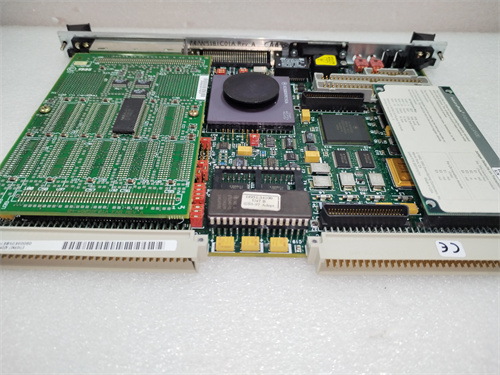


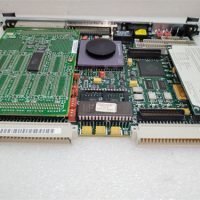
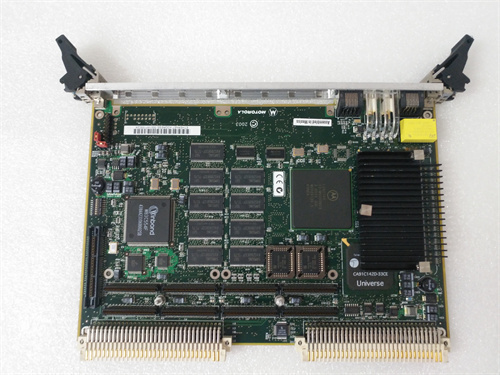
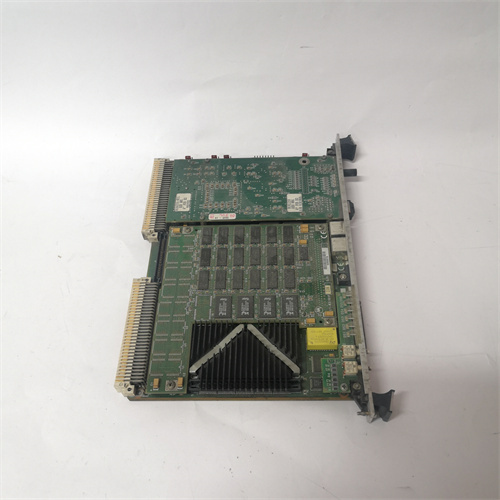
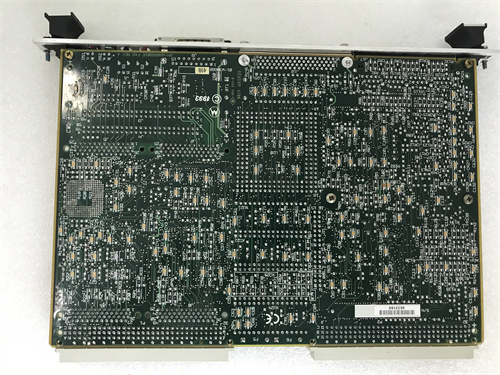
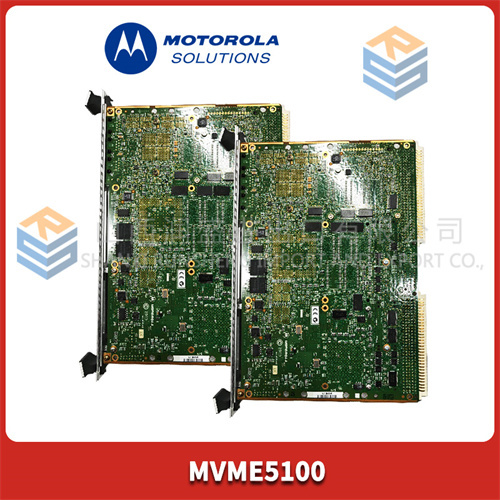
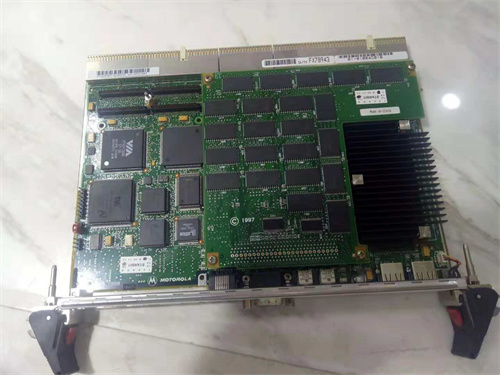

Reviews
There are no reviews yet.